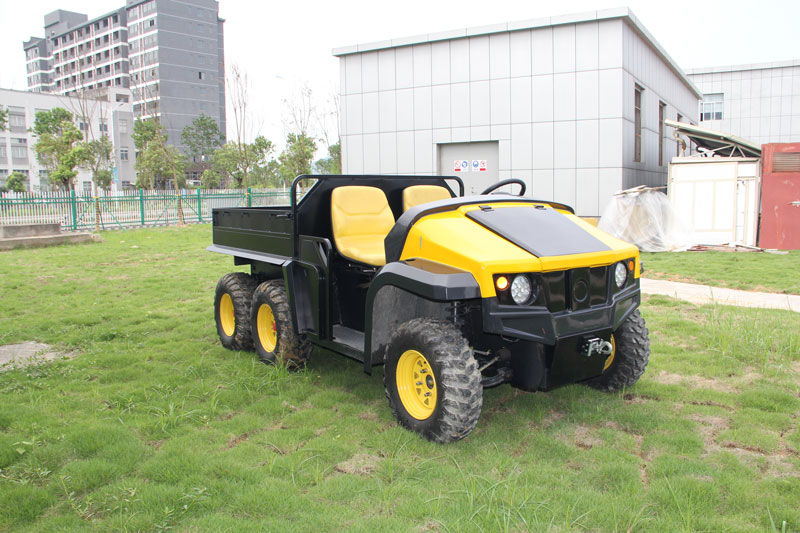Utility Terrain Vehicles (UTVs) play a significant role in municipal engineering projects. With their excellent mobility and versatility, they have become indispensable partners on construction sites. UTVs can efficiently transport ores, cement, and other building materials, meeting the need for transportation in confined spaces within municipal engineering projects.
The compact design of UTVs ensures a turning radius of just 5.5 meters, allowing them to maneuver flexibly through narrow urban streets and construction sites. This is particularly beneficial for municipal engineering projects, where space is often limited and traditional large transport vehicles struggle to access. The flexibility of UTVs not only enhances the efficiency of material transportation but also reduces time lost due to traffic and space constraints.

UTVs boast a load capacity of up to 1000 kilograms, adequately meeting the demands of most municipal projects. This enables workers to transport large quantities of building materials in a single trip, thereby improving work efficiency and shortening project timelines. Additionally, UTVs come equipped with various attachments and modular designs that can be customized according to different needs, further enhancing their utility.
More importantly, electric or low-emission UTV designs significantly reduce noise and exhaust emissions, making them more environmentally friendly for use in municipal engineering. When conducting urban infrastructure construction, noise control is a crucial consideration. Utilizing UTVs can minimize the impact on the lives of nearby residents while aligning with the sustainability goals of modern cities.
The flexibility and low environmental impact of UTVs have led to their broad acceptance in municipal engineering, effectively addressing various challenges. As municipal projects increasingly prioritize environmental and efficiency standards, the application prospects for UTVs will become even more expansive.

Post time: Jul-25-2024

